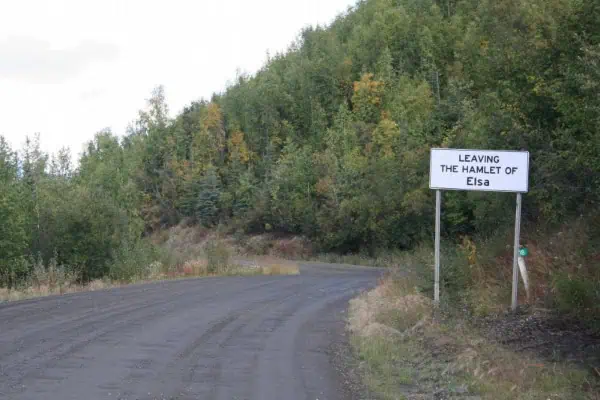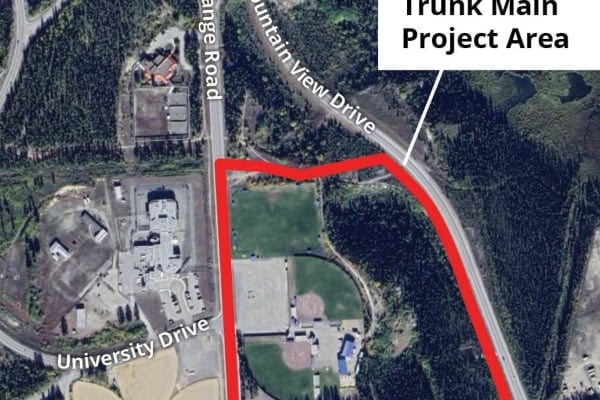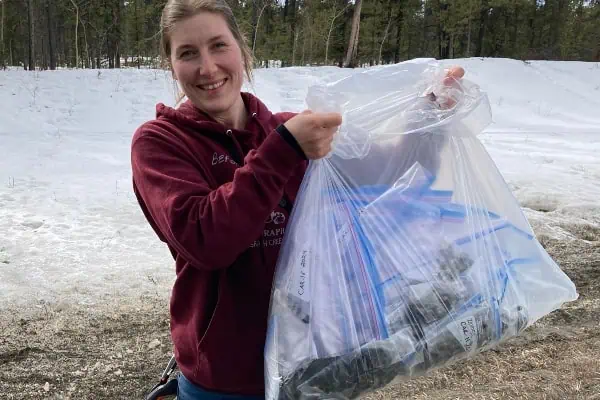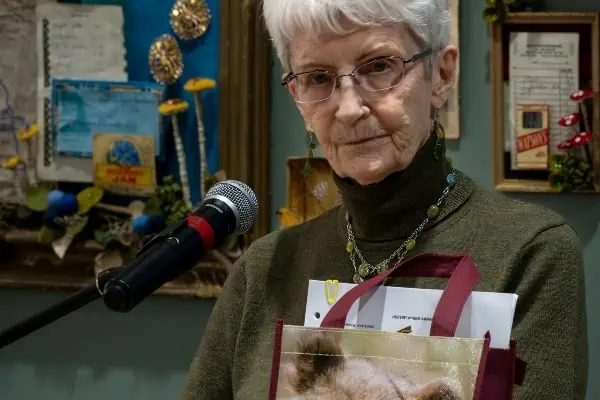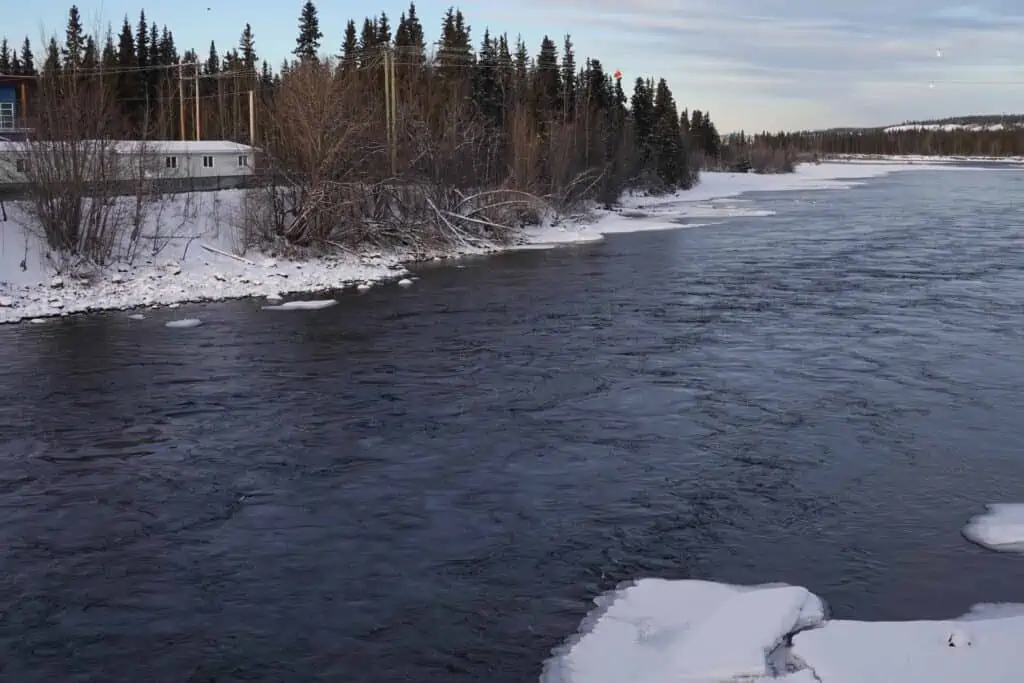
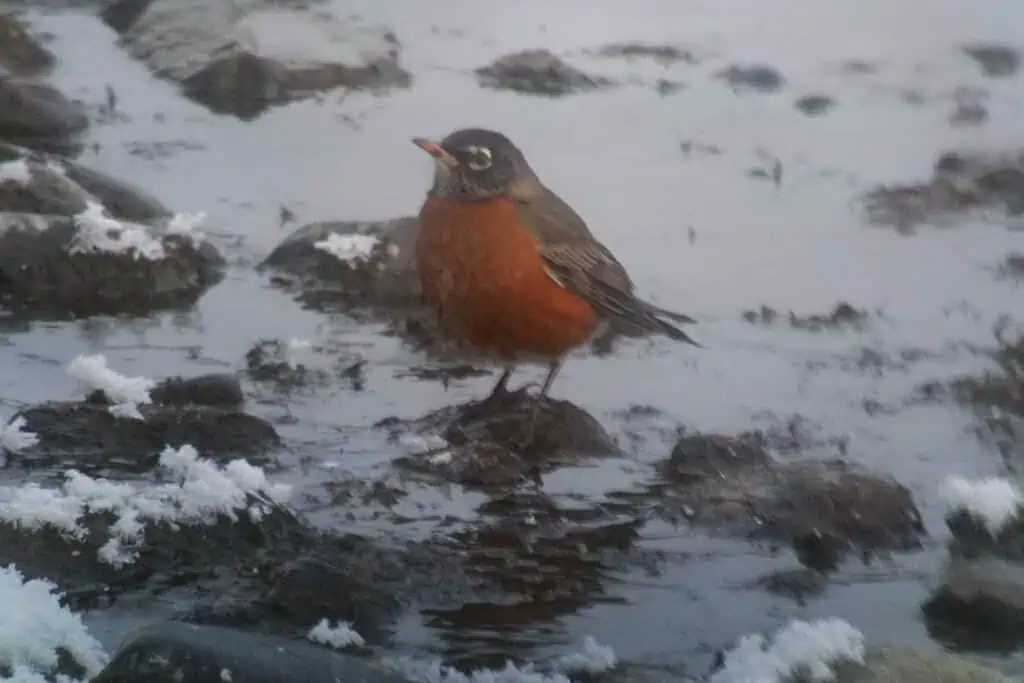
I was not sure what to expect for my first Christmas Bird Count, a few winters ago. For someone who, back then, didn’t know her birds at all, it seemed like a daunting task to go outside on a cold December afternoon to identify and count birds—even more so because this information would serve later for scientific purposes.
Armed with binoculars, a pencil and a notebook, I walked on the trails behind my neighbourhood and hoped to see any birds that would be around.
Luckily, the obvious ravens were close by. The humiliation of having nothing on my list would be spared. Later that afternoon I came across a group of six or seven fairly large, bright-red birds that were perched in a pine tree. Their beaks were cone-shaped and unusually big. I liked them right away but didn’t know what these birds were. I made sketches and notes, on the spot, about their distinctive black eyes and ample red breasts. Back home, I searched on the Web to find the name of these birds. Turned out I had just seen my first pine grosbeaks.
Bird counting fulfills many purposes. It is a fantastic way to gather valuable information about bird numbers and migrations and it is all done by regular citizens, which, in turn, helps to assess bird-population health and leads to conservation actions.
Christmas bird counts have been around for more than a century. Counts are founded by the Audubon Society, one of the oldest bird-conservation organizations in the world, and take place every year in North America between December 14 and January 5. Here, in the Yukon, Whitehorse gets Boxing Day (December 26) to count their birds.
Bird counting is a great excuse to get outside—even more so if some of us have (over) indulged in yummy Christmas food the day before. Take a stroll, with friends and family, or a solo contemplative walk while bird watching. You can spend just a few hours or the whole day. Skiing, snowshoeing, kicksledding and biking are other activities to pair with bird watching.
Social gatherings are encouraged between birders, especially while carpooling to bird-watching spots. Comparing sightings and numbers can help beginner bird counters know what birds to look for and where to look for them. When unsure about distinguishing a specific bird, make a quick sketch or notes about what you see; or, even better, take a picture (if your camera can handle the cold). Colour, size, sound, tail, head and beak shape are all important in identifying birds. Once back home, research what you saw—or go with an experienced birder. At this time of year, fewer species can be seen in the Yukon than during the warmer months. Having said that, recent warmer winters have brought unusual sightings, which adds to the thrill of seeing birds that are rarely seen or have never been seen here.
Each year, the Yukon Bird Club coordinates the Christmas Bird Count across the territory. Community coordinators are tasked with organizing bird counts in their respective locality. They compile data that is received by registered bird counters and they organize gatherings before or after an official bird count. They also make sure bird counters are spread out evenly, throughout the community, so groups or individuals don’t count the same birds. You can propose a bird-watching spot to your coordinator or ask for suggestions if you don’t know where to go.This December, be sure to visit the Yukon Bird Club website (yukonbirds.ca) for details about what is being organized in your community. Don’t forget to register with your local coordinator before the start of the official count. And, of course, bring your binoculars and a friend.

